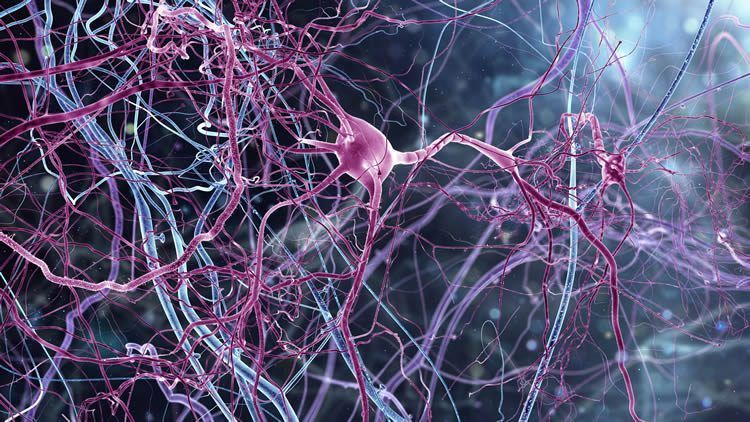A wave of startups wants to make brain-computer interfaces accessible without needing surgery. Just strap on the device and think.



Russia’s Skolkovo innovation center, which is marking 10 years since its founding, has ambitious plans for 2020 and beyond to continue promoting technology and helping small innovative startups grow into profitable companies.
Skolkovo Technopark was built from scratch almost a decade ago to create a platform for research and innovation in key spheres such as energy, IT, space, biomedicine, and nuclear technology. Now the complex has facilities spread around 800,000 square meters and hosts around 500 startups, while there are an additional 1,500 enterprises beyond its campus. Skolkovo hosts around 50 research centers employing more than 15,000 people.
Any FDA-approved drug must first pass through three phases of development, to show safety and efficacy. At our launch party, Dr. Cole Marta, a principal investigator at the Multidisciplinary Association for Psychedelic Studies (MAPS) Los Angeles MDMA phase 3 study site, explains the process of drug development and what happens after a drug gets to market, including factors such as cost to the patient and insurance coverage. How would *you* like to see psychedelic medicines legally come to market?
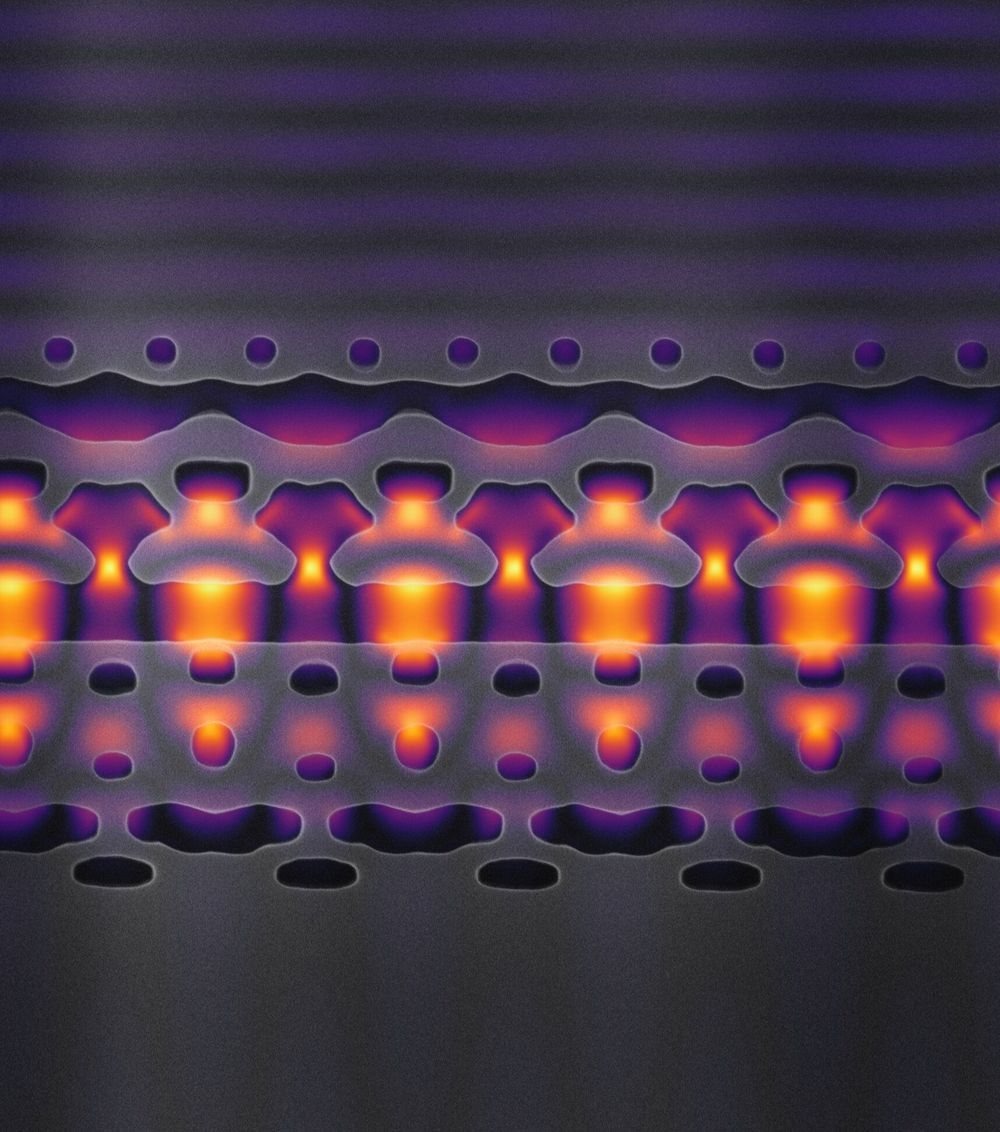
The accelerator-on-a-chip demonstrated in Science is just a prototype, but Vuckovic said its design and fabrication techniques can be scaled up to deliver particle beams accelerated enough to perform cutting-edge experiments in chemistry, materials science and biological discovery that don’t require the power of a massive accelerator.
“The largest accelerators are like powerful telescopes. There are only a few in the world and scientists must come to places like SLAC to use them,” Vuckovic said. “We want to miniaturize accelerator technology in a way that makes it a more accessible research tool.”
Team members liken their approach to the way that computing evolved from the mainframe to the smaller but still useful PC. Accelerator-on-a-chip technology could also lead to new cancer radiation therapies, said physicist Robert Byer, a co-author of the Science paper. Again, it’s a matter of size.
Today, medical X-ray machines fill a room and deliver a beam of radiation that’s tough to focus on tumors, requiring patients to wear lead shields to minimize collateral damage.
On a hillside above Stanford University, the SLAC National Accelerator Laboratory operates a scientific instrument nearly 2 miles long. In this giant accelerator, a stream of electrons flows through a vacuum pipe, as bursts of microwave radiation nudge the particles ever-faster forward until their velocity approaches the speed of light, creating a powerful beam that scientists from around the world use to probe the atomic and molecular structures of inorganic and biological materials.
Now, for the first time, scientists at Stanford and SLAC have created a silicon chip that can accelerate electrons—albeit at a fraction of the velocity of that massive instrument—using an infrared laser to deliver, in less than a hair’s width, the sort of energy boost that takes microwaves many feet.
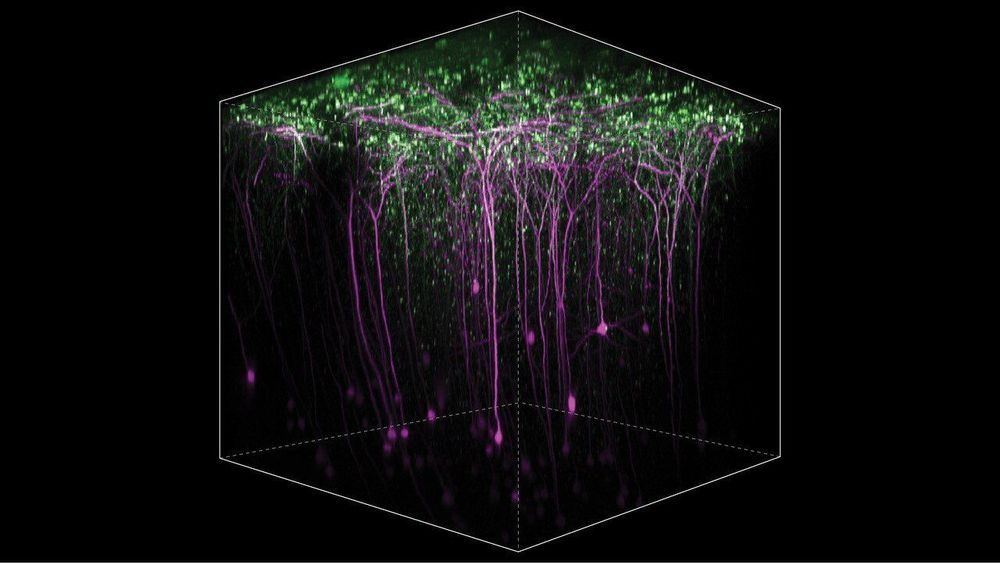
Researchers at Johns Hopkins Medicine have successfully used a laser-assisted imaging tool to “see” what happens in brain cells of mice learning to reach out and grab a pellet of food. Their experiments, they say, add to evidence that such motor-based learning can occur in multiple areas of the brain, even ones not typically associated with motor control.
“Scientists should be looking at the entire brain to understand specific types of learning,” says Richard Huganir, Ph.D., Bloomberg Distinguished Professor and Director of the Solomon H. Snyder Department of Neuroscience at the Johns Hopkins University School of Medicine. “Different parts of the brain contribute to learning in different ways, and studying brain cell receptors can help us decipher how this works.”
The work, say the researchers, may ultimately inform efforts to develop treatments for learning-based and neurocognitive disorders.

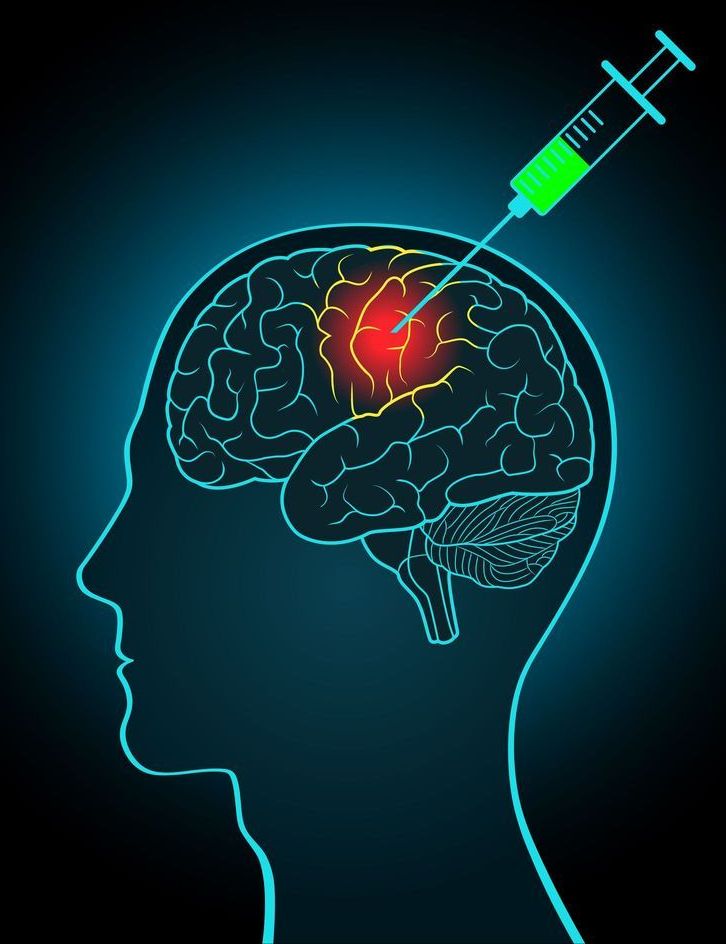
A newly published study has described the successful results in mice of a novel vaccine designed to prevent neurodegeneration associated with Alzheimer’s disease. The researchers suggest this “dementia vaccine” is now ready for human trials, and if successful could become the “breakthrough of the next decade.”
The new study, led by the Institute for Molecular Medicine and University of California, Irvine, describes the effect of a vaccine designed to generate antibodies that both prevent, and remove, the aggregation of amyloid and tau proteins in the brain. The accumulation of these two proteins is thought to be the primary pathological cause of neurodegeneration associated with Alzheimer’s disease.
The research revealed the vaccine led to significant decreases in both tau and amyloid accumulation in the brains of bigenic mice engineered to exhibit aggregations of these toxic proteins. Many prior failed Alzheimer’s treatments over the past few years have focused individually on either amyloid or tau protein reductions, but growing evidence suggests a synergistic relationship between the two toxic proteins may be driving neurodegeneration. Hence the hypothesis a combination therapy may be the most effective way to prevent this kind of dementia.
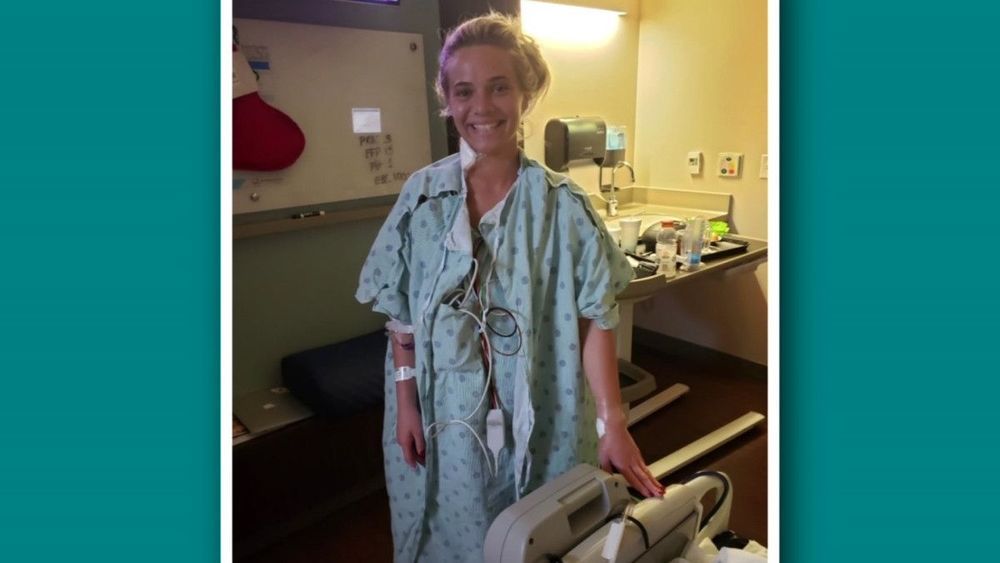
WHAT SAY YE??? Beware, so many do not care if they kill you to make money from their snake oil products… r.p.berry & AEWR.
Doctors believe a health food supplement caused acute liver failure in an otherwise healthy 23-year-old Amarillo woman.
Emily Goss is starting the new year, with a new routine. She checks her vitals to make sure her body isn’t rejecting the new liver doctors implanted Christmas Day in an effort to save her life.
“I have my life because someone gave me their liver and I’m just so thankful,” Goss said.

